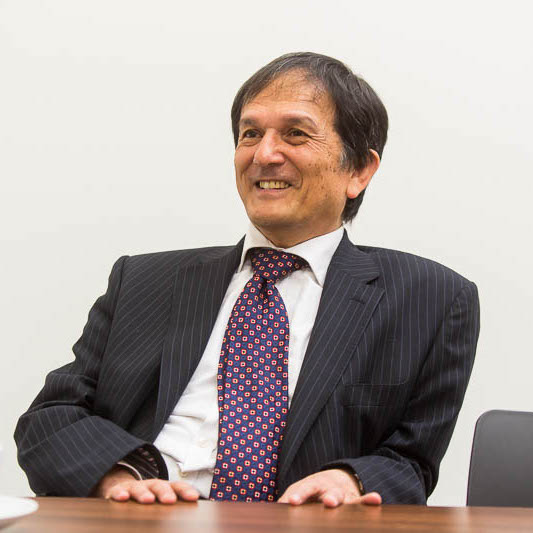LN v Blackpool Teaching Hospitals NHS Foundation Trust [2024] EWHC 1478 (KB) (18 June 2024)
This case involved a claim for Hypoxic ischemic encephalopathy (HIE) and whether this was caused by the mistakes to which the defendant admitted to.
The three main questions the judge had to consider were:
- Did the claimant suffer from HIE
- If he did, was that caused by the defendant’s admitted negligence
- If he suffered HIE caused by the admitted negligence, whether that was a cause of his developmental delay and any other injuries suffered.
Comment
This case illustrates the application of Occam’s razor in proof of causation – “a valuable tool of logic” (paragraph 131).
It is trite law that negligence is breach of duty causing injury, and that the burden of proof is on the claimant.
Where the breach of duty denotes a specific pathogenesis namely HIE then the injury ought to conform to that pathology.
Here the evidence did not indicate a specific and exclusive aetiology – quite the opposite: “…on any version of events, there appears to be more than one discrete pathology at play. Taken together, these factors dissuade me from the conclusion that on the balance of probabilities all of C’s continuing problems are due to that single cause…” (paragraph 135)
It follows – if there is no specific and exclusive aetiology (“one discrete pathology”), there is not a specific pathogenesis – whatever the aetiology of C’s condition it was not caused by D’s admitted breach of duty.


